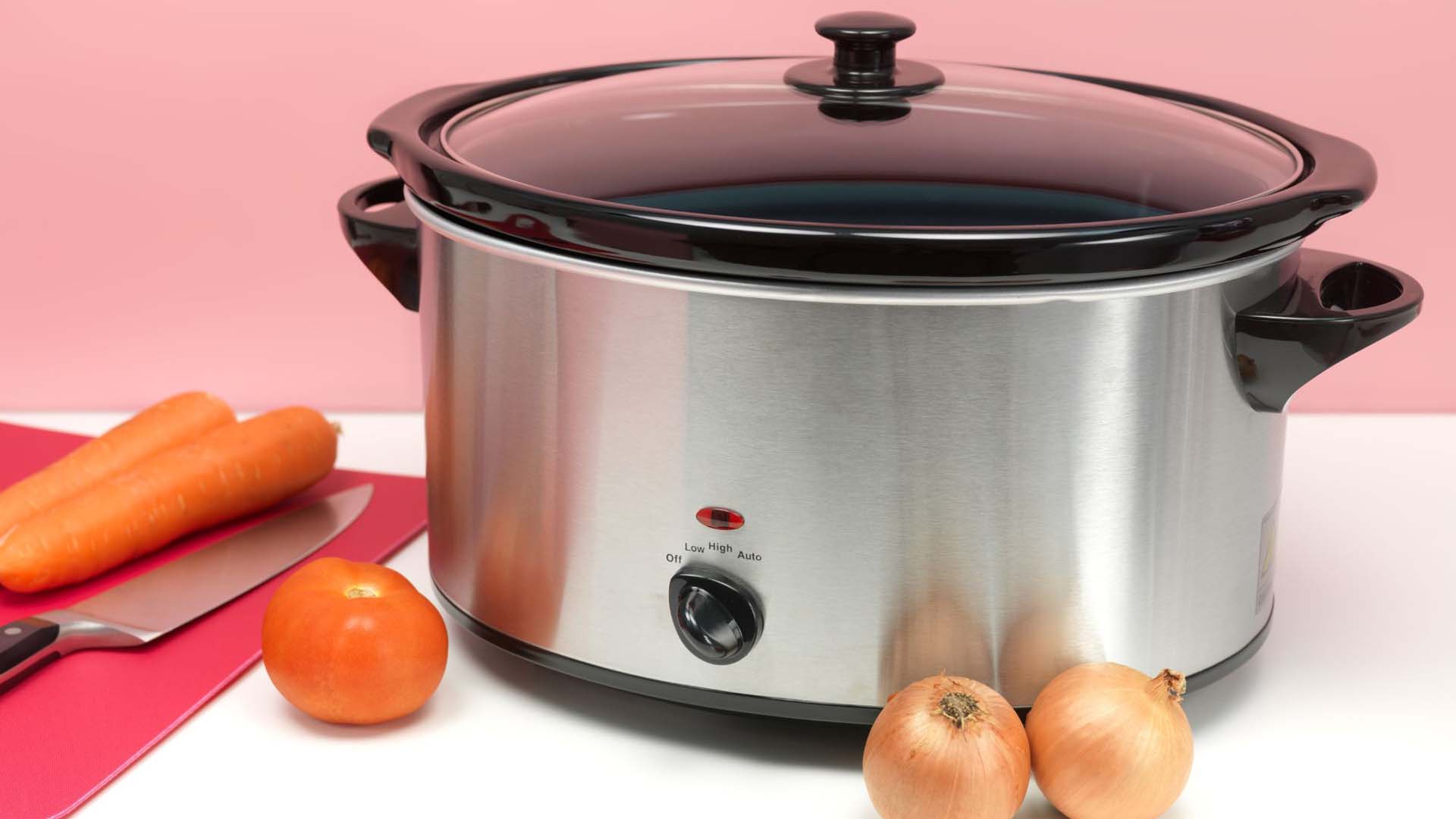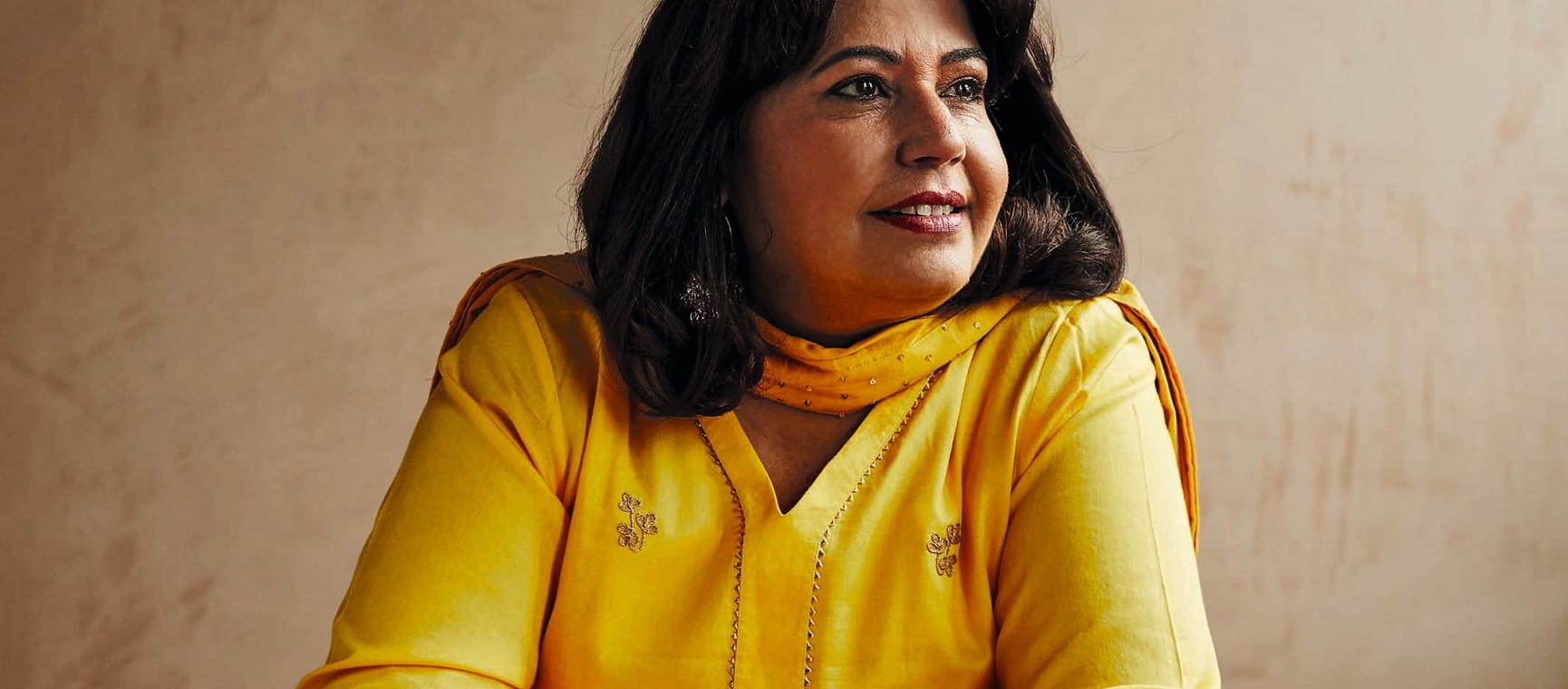
My journey both as a chef and as a food and travel writer began the day my parents moved from Punjab to West Bengal, a region in the far east of India bordering Bangladesh.
Being the daughter of Punjabis but brought up in Bengal, influenced by two distinct regions of India which are almost one thousand miles apart, means that from a young age I developed an understanding of and respect for different cultures and their cuisines.
Food is the unifying factor that binds everybody together
India is a vast country and a diverse melting pot of cultures. These cultures influence so many aspects of daily life, in particular the rituals and ceremonies that vary from region to region, and even from village to village.
Whether it’s religious festivals, weddings, birthdays or any other traditional gathering, rituals are an integral part of every Indian’s life – and food is always at the heart of every celebration. Food is the unifying factor that binds everybody together.
At home in Burnpur, our table was a celebration of flavourful vegetarian dishes. I was surrounded by a dazzling array of unusual ingredients that were made into delectable meals with mouth-watering aromas using intriguing cooking techniques.
We leant more towards plant-based dishes, complemented by roti, yoghurt and pickles. Seasonal vegetables took centre stage.
My mum was renowned for her skill in cooking parathas, a staple in our household. Her aloo parathas, which my friends still talk about, were stuffed with mashed potato and spices and served with yoghurt, pickles and cups of chai.
Other staple meals in our house were rajma (a stew of kidney beans), chole (white and black chickpeas) and paneer burji. The meals were simple but so delicious.

Although I cherished the Punjabi dishes prepared by my parents, my taste buds also craved Bengali food. Shoresh Maach (fish cooked in black mustard seeds) was one of my favourites to eat with rice. I found joy in the flavourful, light curries prepared with mustard oil and aromatic spices.
Occasionally Mum would surprise us with crispy white poppy seed bora, equally delightful as a snack or eaten with a meal. Infusing the bora with a Punjabi influence, Mum added a twist of garam masala, anardana powder, ground ginger, onions and green chillies.
Punjabi cuisine is characterised by a robust use of spices and balancing both savoury and sweet flavours. In Bengali cuisine, fish and meat are predominately cooked with mustard oil, but meals are mainly made up of vegetarian dishes and rice.
For every Indian person who loves food, local street food is the one key memory we all have in common
When I look back, I consider every meal I enjoyed to be a testament to the shared cooking knowledge among the women in our community. Each woman who migrated after marrying their husband participated in a rich exchange of ideas and flavours with others. Each woman sought to belong and contribute to the shared a pot of culinary traditions.
What I learnt from all of these amazing women was how for them, the kitchen became a space where traditions mingled, experiences were shared and a sense of belonging was fostered.
For every Indian person who loves food, local street food is the one key memory we all have in common. There are countless dishes that I miss, and that I can still taste today when I close my eyes and think back.

I loved the phuchkas (crisp, puffed puris with a spicy potato filling). Our combined pocket money also meant we could treat ourselves to plenty of ghugni (spiced white peas topped with mashed potato, green chillies and a sweet and sour imli ki chutney (tamarind chutney).
I yearn for those simpler times when what mattered was not caste or religion, but just friends coming together to enjoy the offerings of street-food vendors from a range of backgrounds.
We were drawn in by the intermingling smells of all of the different dishes: the yoghurt-dressed, crispy chaat; the waft of cooking pastry as samosas were deep-fried; the warm spices of generously filled phuchkas.
What I learnt from all of these amazing women was how for them, the kitchen became a space where traditions mingled, experiences were shared and a sense of belonging was fostered.
Our favourites were the paratha-wrapped kebabs, known as kathi rolls, and the fruit cake that the vendors would sell in front of the Atwal Hotel at Christmas time (see recipe, below).
I thought then – and still think now – that street food lies at the heart of the local community: affordable, simple and hugely varied delicacies that brought the whole area together.
These are the recipes that I grew up eating, shared with family and friends, and the ones that travelled with me to the UK when I left India.
Some have stayed with me throughout the years, while the memories of others faded, and so I journeyed around India with my dad to recapture them. With this book, I wanted to share my culinary roots from my kitchen to yours, with the love and emotions that bring us all together.

One of my fondest food-related memories is of the fruit cake sold at Christmas outside the Atwal Hotel, which sadly no longer exists.
Every year my mum would buy two: she knew just one wouldn’t last long! She would hide one cake, then bring it out for us to enjoy after we’d forgotten about its existence – a lovely surprise. She assumed we didn’t know where she hid it, but I always did.
Cake was a real treat in our house: with no oven to bake them and having never learned to make cakes, they weren’t in my mum’s otherwise extensive culinary repertoire.
We didn’t celebrate Christmas at home when I was growing up, but I did go to celebrate at my friend’s house. Whether you celebrate or not, this cake is well worth trying.
This cake stores well in an airtight container. Enjoy a slice with a cup of chai.
Romy Gill MBE is a celebrity Indian chef, food/travel writer and broadcaster based in the southwest of England. Romy was one of the regular and much-loved chefs on BBC1’s Ready Steady Cook and has appeared on numerous other television shows.
Romy also regularly contributes to national and international publications including BBC Food, The Telegraph, The Sunday Times, The New York Times and much more. She travels across the UK and abroad to guest chef residences, food demos and conferences.


Incredible India packs sights and landscapes as diverse as they are exhilarating - discover them on a Saga holiday.

Incredible India packs in sights and landscapes as diverse as they are exhilarating - discover them on a Saga holiday.


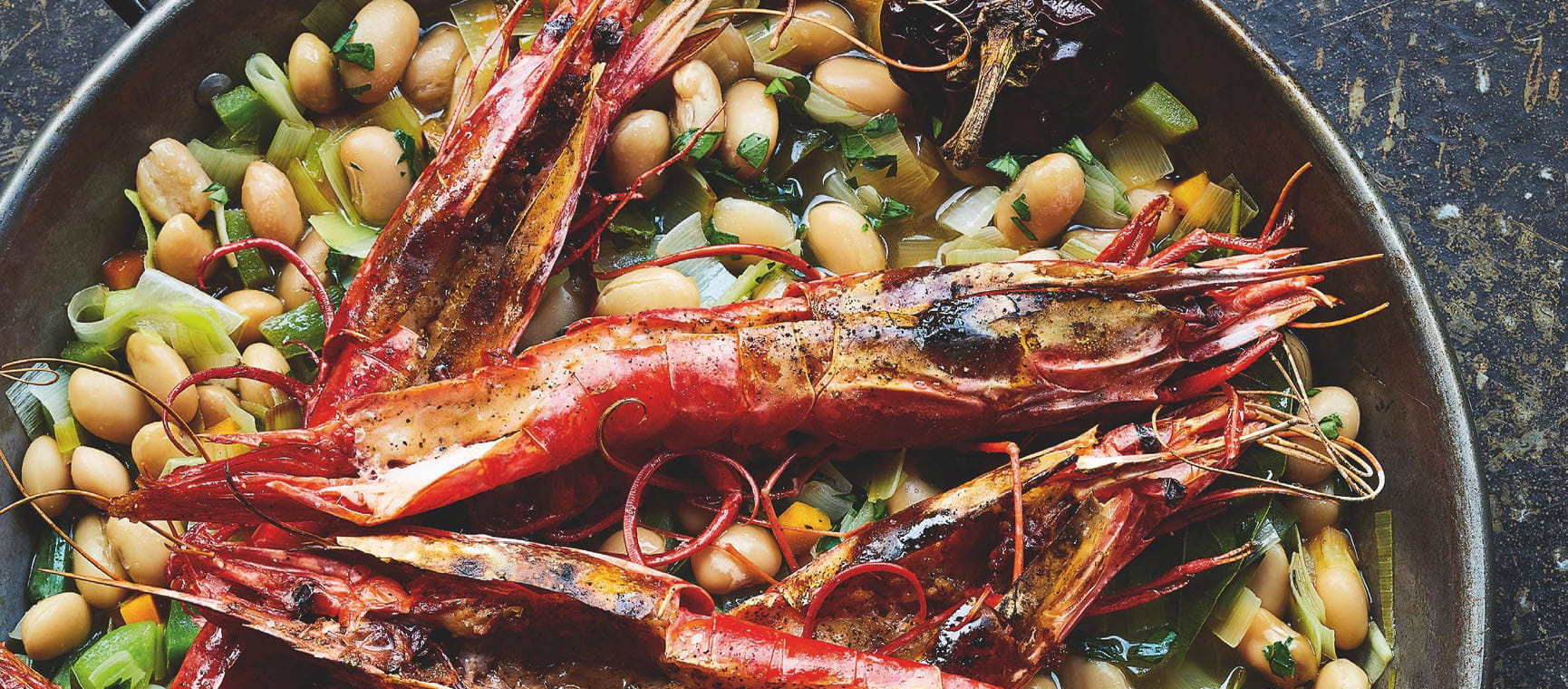
Celebrity chef James Martin shares his recipes for Valencian Beans and Prawns and Creme Caramel with Spiced Seville Oranges.
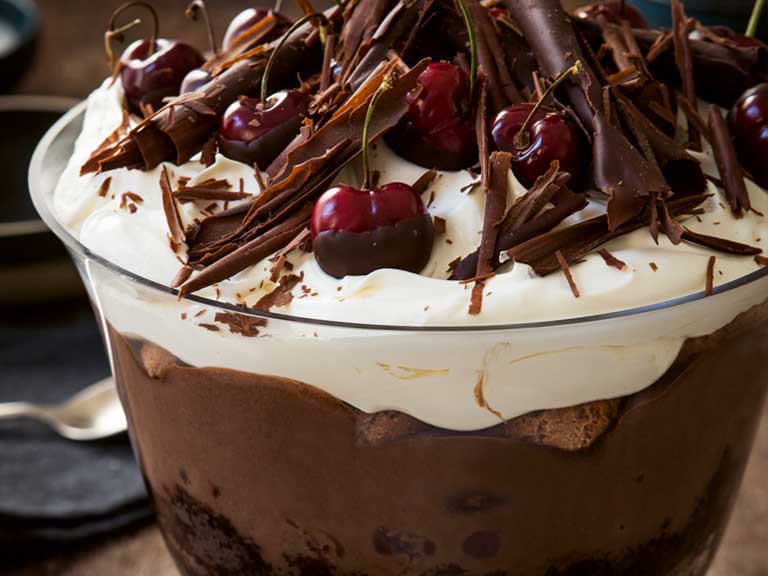

As summer approaches, our expert says it’s time to reappraise rosé and seek out more robust styles.

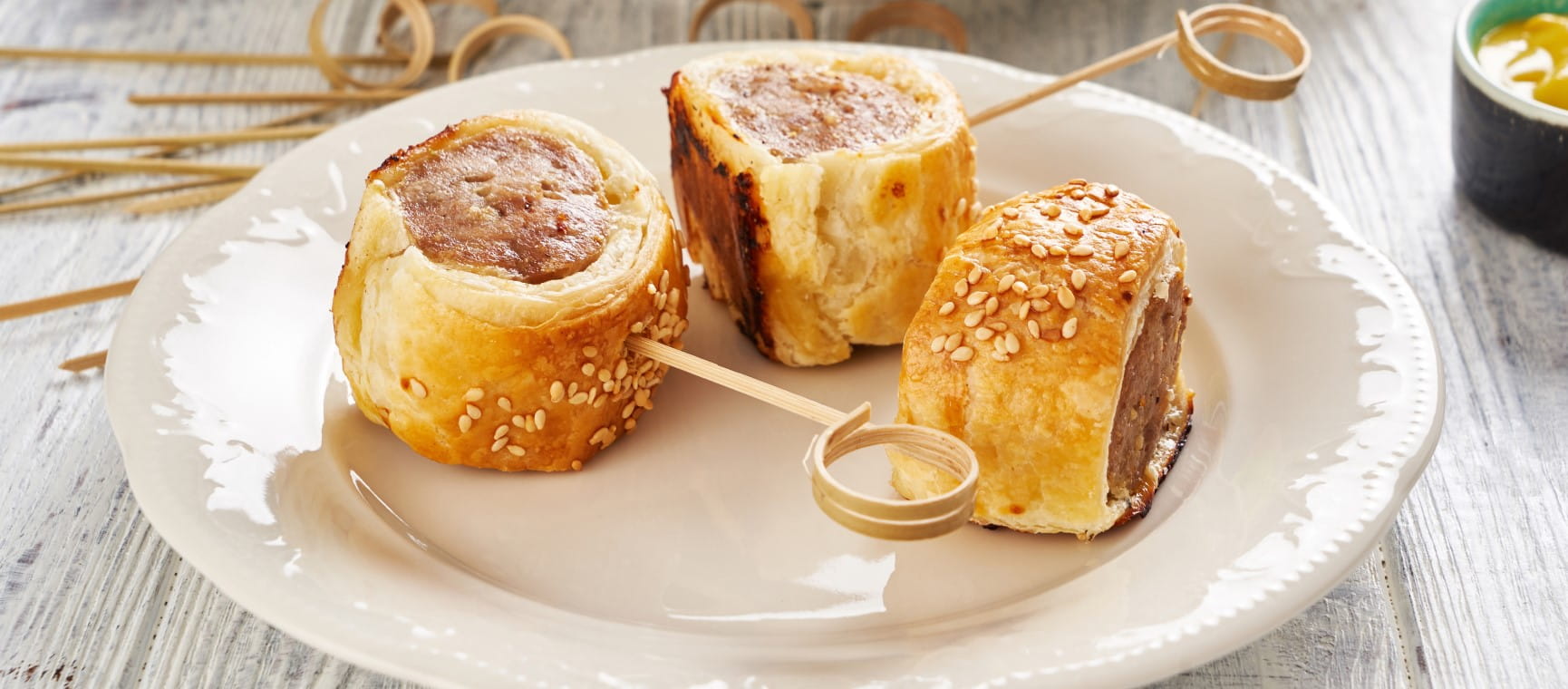
From parties to picnics, mini sausage rolls are the perfect snack. But which ones are our experts’ favourites?

Both sit nicely atop your kitchen counter, but is one better than the other?
